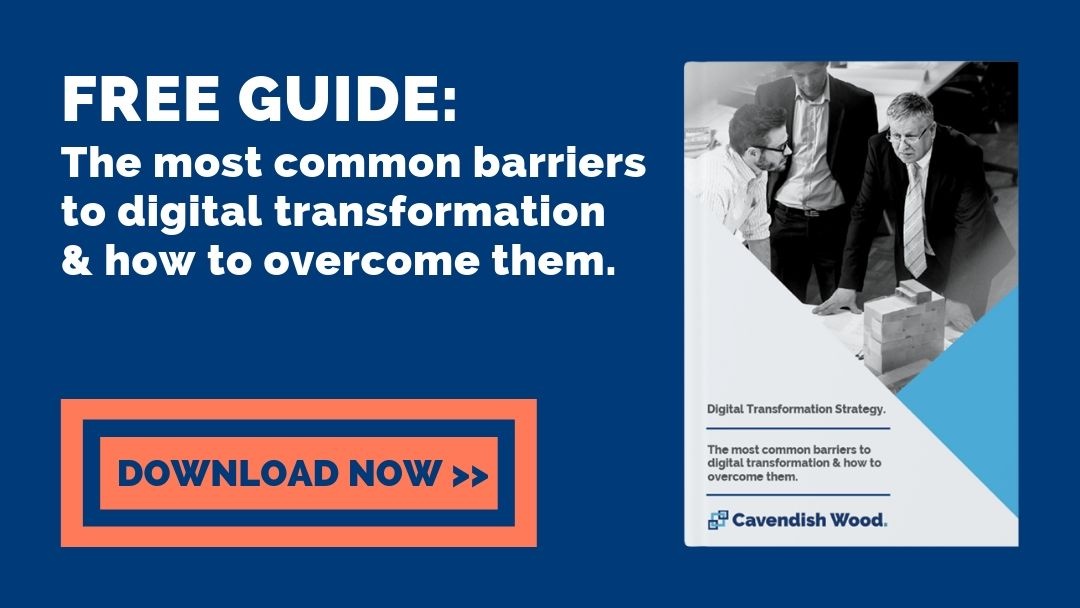
Customer experience mapping is the process of gathering information about how the people who buy from you interact with your business.
It helps you understand what their level of satisfaction with your company is, and to create a holistic view of their experiences. It allows you to identify opportunities to make changes that will improve customer retention and your company’s position in the marketplace.
Good customer experience is critical to build a customer’s loyalty and increase your revenue and growth.
What customer experience mapping is.
The customer experience mapping process includes gathering information about every experience your customers have with you. Next, you lay it out in a format that’s easy to view, so you can find out what your target audience thinks of the dealings they have with your company. The map helps your company to tell the story of how clients experience your brand. This starts with the very first customer engagement and follows the course of the relationship until it ends.
Using the map.
A customer experience map will show you where there are problems in your process, based on the information you collect. This will help you find ways to solve them, which will improve the experience of your customers. The map also shows how people use the products or services they buy from you and breaks down the process of purchasing your products into bite-sized activities. This type of map is also called a customer journey map, and it is very useful for helping companies to succeed.
Why you need mapping.
Marketing and sales is a crowded and difficult world now, because customers no longer simply see an advertisement, buy the product, and live happily ever after! Now, we have a wide variety of computer devices and channels they can use to research what they want, learn more about the product and even purchase without going to a store.
To stand out in the pack, it’s important for companies to be able to offer a consistent, positive customer experience from start to finish. Mapping the customer’s journey has become a way to identify any problems with the customer interactions with the company, so you can take steps to make these more positive events. The use of an experience map also allows you to provide more personalised messages to customers, based on the customer data produced by the map.

Other good reasons to use customer experience mapping are:
- To improve personalisation: With the information you get from this process, you can identify opportunities to send customers relevant communications at the various customer journey map stages. By knowing when the customer is ready to move from the Awareness stage to the Research stage, you can guide him by sending the right message at the right time. Companies get very good results from the personalisation of the customer journey, such as improved customer retention, better customer loyalty, and increased customer lifetime value.
- To show up inconsistencies: Customer experience mapping highlights the gaps between what customers want and the experience they actually get. A 2019 survey by Econsultancy and Salesforce showed 42% of the respondents felt mapping helped to find these gaps. Often, the problems relate to service or communication, which makes them easy to address. For example, some customers have to wait a long time to get an answer on social media, or they are being sent emails that aren’t relevant to them. The mapping process helps the companies eliminate simple mistakes that can damage their brand reputation.
- To discover the pain points: Customer journey mapping allows you to identify any steps in the journey that annoy customers or that might seem to be a waste of time. These could be the need to fill in long forms or go through a lot of steps to check out. Getting rid of unnecessary barriers makes the path to purchase smoother and less time-consuming, and reduces the amount of effort customers have to use. The more satisfied the target customer is, the more likely he is to recommend the company to family or friends.
- To realise your overall goals: The use of customer experience mapping is not just about improving the buyer’s journey, but it can also help you achieve your overall company goals. The survey showed 43% of respondents were using the valuable insights from mapping to help develop marketing strategies that achieve their goals for growth and revenue. More than half the people surveyed also said they used the information to improve a product or service.
A customer experience map is a powerful tool that provides a visual representation of how customers interact with your business throughout the entire journey. It gives you a clear picture of where the user came from and what they want. You’ll discover what questions they have and how they feel, how they move through the sales funnel, and where there are opportunities to enhance the process. This puts you in a much better position all round to understand the customers’ expectations and improve the user experience.
The goals of customer experience mapping.
The primary goal of mapping your customer’s journey is to understand all the ways users interact with your business. They could be trying to learn more about your product or service or to compare your performance with competitors before making a decision. Perhaps they are reaching out to your customer service department for support with a product issue. Whatever their purpose, it’s important to make sure their experience is the best it can be.
Other goals of mapping include:
- Finding ways to improve customer satisfaction
- Identifying opportunities to build customer loyalty
- Choosing touchpoints your customer finds problematic
- Looking for ways to improve customer retention
- Discovering opportunities to be innovative and build your competitive advantage

Generally, the aim is to get a deeper understanding of the customer, their wants and needs, the ways you can increase their satisfaction, loyalty, and, of course, profits.
Experience mapping vs. journey mapping.
Throughout this post, we’ve talked about customer experience mapping as well as journey mapping. You might believe they are the same thing, but in fact, they aren’t. A customer journey map lists the touchpoints your customers go through during the journey, from their first point of contact to the purchase and immediately afterwards. An experience map, on the other hand, plots out the broader picture of the customer’s overall experience with your brand, which can encompass multiple purchase journeys.
So which one do you need? A customer journey map is best if you want to analyse the experience of a specific type of target customer buying a particular product or service. You will most likely use this if you know there is a problem and you want to find a way to fix it.
An experience map, however, is better if you know your customers are generally unhappy, you want to analyse the overall picture, and to find out where the problems lie. An experience map could include several maps of different customer journeys within its scope.
Setting objectives.
Before you dive into developing your customer experience map, it’s vital to define the reason why you are making one in the first place. What aspect of the customer experience are you focused on? If your objective is too broad, you’ll find yourself needing to map out every factor in the customer experience, which could end up with you needing several different customer journey maps. By working out exactly what you need to achieve, you will know which touchpoints you need to map.
Identifying challenges.
There are a number of challenges you’re likely to come up against when you’re developing a customer experience map. Collecting the data can be difficult, especially if you need to combine input from a number of sources. Mapping the experiences of several customer personas is also challenging, and might require different customer journey maps for each buyer persona.

Map prerequisites.
As with most business strategies, creating a customer journey map requires you to have certain things in place before you start. These include the key components of a journey map, which, according to the Nielsen Norman Group, are:
- The actor, who is the persona who experiences the journey. This is the customer whose point of view and actions are based on data and who drives the process. It’s best to include only one point of view on a journey map, so it doesn’t become cluttered.
- The scenario, which describes the actor’s needs and expectations and outlines the situation the map addresses. This can be based on a real situation or an anticipated one and can describe a single action or a series of actions across one or more channels.
- The journey, broken down into different high-level phases based on real data.
- The actions, mindsets and emotions the actor has during the journey and how they impact each stage.
- Opportunities and insights, which develop as a result of the mapping process and show how the user experience can be improved.
All of these can be used with a simple customer journey map such as a free download, or a customer journey map Visio template. For companies whose client base is mostly commercial, you’ll want to use a B2B customer journey map template. Businesses that are creating a customer journey or experience map for products or services that are not yet available can develop a future state map that guides the setup of their touchpoints and channels.
How to develop a customer experience map.
Start creating a customer journey map by identifying your buyer personas, or customer personas in the case of an experience map. These are fictitious descriptions of all aspects of the customers you commonly have. Make a complete inventory of all your customer touchpoints, such as your website, contact options, sales channels, technical support methods, and communications.
Identify the interactions customers have with the different touchpoints, whether these are digital/virtual or in real life, such as calling your customer support for help with a problem. Separate the touchpoint phases into categories of awareness, consideration, evaluation, purchase decision, and post-purchase experience.

Determine where the pain points exist, what causes them and brainstorm some ways in which you could resolve them. Are there processes that need to be developed, or is the problem caused by an existing process not being implemented properly?
Do you need to start over in a particular area, or can you fix things with a few simple changes?
For example, if your users often complain about how difficult it is to find what they want on your website, a few changes could make the world of difference. Part of the process to improve the customer experience is to make the shift to a digital design, which provides a lot of convenience and simplicity to customers.
After you’re done, your customer experience map shouldn’t be filed away and left to collect dust. For most companies, the customer base is continuously changing and that means the customer journey is, too.
Your experience map should be a living document that can grow and develop as you identify new aspects for it to cover.
To enjoy the fruits of your effort, you should ideally test and update your map documents every 6 months as well as any time you implement major changes to your products or services.

